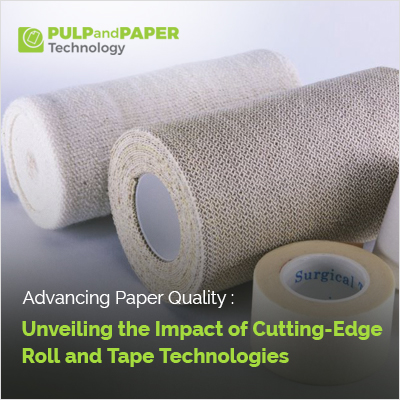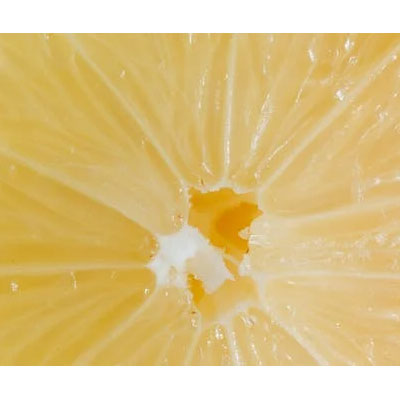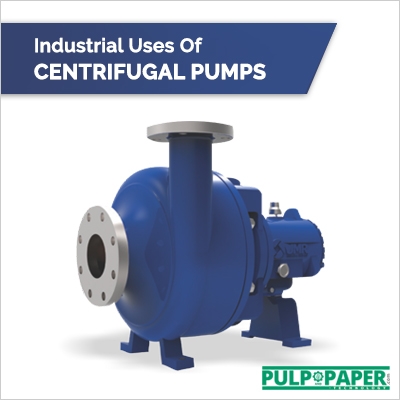Advancing Paper Quality: Unveiling the Impact of Cutting-Edge Roll and Tape Technologies

Introduction: In the ever-evolving landscape of the pulp and paper industry, the pursuit of superior paper quality remains a constant. One crucial aspect contributing to this quest is the integration of advanced roll and tape technologies. This article delves into the transformative impact of these innovations on enhancing paper quality, shedding light on the latest trends and breakthroughs in the field.
Section 1: Evolution of Roll and Tape Technologies
In the intricate world of paper manufacturing, the evolution of rolls and tapes has played a pivotal role in shaping the industry's landscape. Looking back through the annals of history, the inception of rolls and tapes can be traced to humble beginnings, where simplicity met necessity. Early rolls were primarily wooden cylinders manually operated, while tapes were basic adhesives applied manually. The transformative journey, however, began with the Industrial Revolution, witnessing the advent of mechanized processes that marked the shift from manual to automated production.
As the 20th century unfolded, technological milestones further propelled the roll and tape evolution. The introduction of precision engineering and the use of advanced materials revolutionized the manufacturing process. The development of computerized systems in the latter part of the century brought a new era of precision and efficiency. Today, the industry stands on the shoulders of key innovations such as computer numerical control (CNC) machining for rolls, laser measurement technologies for precision, and adhesive advancements in tapes. This historical perspective serves as a foundation for understanding the intricate journey that has led to the current state of roll and tape technologies, setting the stage for an exploration of their contemporary significance in enhancing paper quality.
| Also Read: Rolls and Tapes: Enhancing Efficiency and Quality in the Pulp and Paper Industry |
Section 2: The Role of Rolls in Paper Quality
In the pursuit of impeccable paper quality, precision in manufacturing processes emerges as a cornerstone, and nowhere is this more evident than in the realm of rolls. Precision rolls play a crucial role in paper manufacturing by ensuring uniformity, consistency, and accuracy throughout the production process. These specialized components, often crafted with meticulous attention to detail and utilizing cutting-edge technologies like computer numerical control (CNC) machining, contribute significantly to the overall quality of the final paper product. Precision matters not only in terms of size and shape but also in the dynamic balance of rolls, minimizing vibrations and enhancing stability during operation.
However, with the advantages of precision come challenges, including wear and tear, misalignment, and material-related issues. Navigating these challenges is integral to maintaining optimal roll performance. Addressing such concerns requires a holistic approach, incorporating preventive maintenance, advanced monitoring systems, and innovative materials. This section delves into the critical role of precision rolls in shaping paper quality, exploring both their significance and the strategies employed to overcome the challenges inherent in roll technology.
Section 3: Tape Technologies Revolutionizing Paper Production
Within the realm of paper production, tape technologies have undergone a transformative evolution, significantly impacting both the quality and efficiency of the manufacturing process. Leading this evolution are cutting-edge adhesives, whose advancements have revolutionized the crucial bonding mechanisms essential for paper production. The profound influence of these adhesives on paper quality extends to properties such as strength, durability, and printability. This section delves into the realm of innovative adhesive technologies that have become integral to tape applications in the paper industry, exploring their role in advancing and setting higher standards for paper quality.
Moving beyond general adhesives, the tape landscape has expanded to include specialty tapes meticulously designed for specific paper types and applications. These specialized tapes surpass the conventional role of bonding; instead, they are precisely tailored to address nuanced requirements across diverse sectors of the paper industry. Whether enhancing the structural integrity of packaging materials, optimizing the splicing process during paper manufacturing, or contributing to the efficiency of converting machinery, specialty tapes have become indispensable. This exploration reveals a diverse array of specialty tapes, each crafted to meet the unique demands of different paper types and applications, thereby contributing significantly to the ongoing revolution in paper production methodologies.
Section 4: Sustainability in Roll and Tape Manufacturing
In the current landscape of roll and tape manufacturing, there has been a notable shift towards sustainability, with the industry recognizing its obligation to minimize environmental impact. A crucial aspect of this sustainability drive involves the exploration of eco-friendly materials in the production of rolls and tapes. Manufacturers are actively seeking alternatives that reduce reliance on traditional, resource-intensive materials, opting for choices that prioritize environmental stewardship. This section thoroughly investigates the adoption and impact of these eco-friendly materials, shedding light on their pivotal role in fostering sustainable practices within the sphere of roll and tape manufacturing.
In alignment with the move towards eco-friendly materials, the industry is experiencing a pronounced increase in recycling initiatives, aligning with the principles of a circular economy.
Embracing a comprehensive approach to material use, manufacturers are implementing recycling programs aimed at repurposing and reintegrating materials into the production cycle. This not only diminishes waste but also lessens the demand for new raw materials. A detailed examination of these recycling initiatives provides valuable insights into how the industry is actively working towards establishing a closed-loop system, contributing to a more sustainable and environmentally conscious future for roll and tape manufacturing. Together, these sustainable practices underscore a commitment to finding a harmonious balance between industrial progress and environmental preservation.
Section 5: Future Trends and Innovations
Looking into the dynamic future of roll and tape manufacturing, the industry is poised to adopt innovative practices that have the potential to revolutionize efficiency and performance. A significant trend on the horizon is the incorporation of predictive maintenance, utilizing data-driven approaches to optimize the performance of rolls and tapes. Through the utilization of advanced analytics and sensor technologies, manufacturers can proactively identify potential issues, schedule maintenance in advance, and minimize downtime. This section thoroughly examines the transformative impact of predictive maintenance, delving into how it is set to redefine the management and maintenance of rolls and tapes.
Additionally, the future of roll and tape manufacturing holds exciting promises with the introduction of cutting-edge innovations that will shape the industry's trajectory. This includes a preview of emerging technologies poised to redefine manufacturing processes, such as the application of artificial intelligence (AI) for process refinement and the integration of smart materials enhancing tape functionalities. This exploration provides a glimpse into transformative technologies that are poised to reshape the very essence of roll and tape manufacturing. As the industry advances, these forthcoming trends and innovations are not just on the horizon but are emerging as the driving forces for a new era in roll and tape technology.
Conclusion: As the paper industry continues to evolve, the adoption of advanced roll and tape technologies emerges as a key driver in enhancing paper quality. Manufacturers navigating this technological landscape stand to benefit from improved efficiency, reduced waste, and, ultimately, a superior end product. This article serves as a comprehensive guide to understanding, embracing, and staying ahead of the curve in the dynamic realm of roll and tape advancements.







